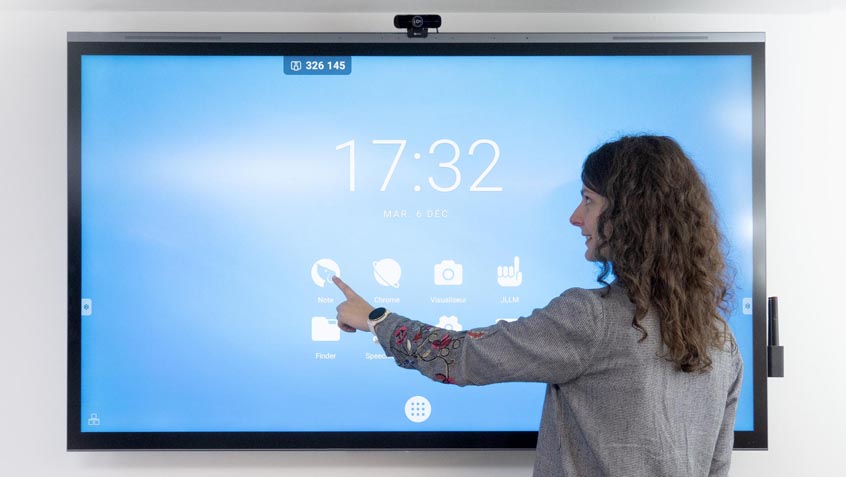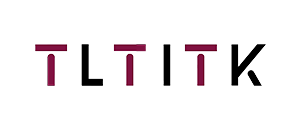Ошибка формата электронной почты
emailCannotEmpty
emailDoesExist
pwdLetterLimtTip
inconsistentPwd
resetAccountPassword
forTheAccount
pwdLetterLimtTip
inconsistentPwd
resetSuccess
resetSuccessTips
login

Новости
Здесь вы можете описать кусок текста, который хотите выразить

Why Schools Are Increasingly Interested in Teaching Interactive Whiteboards
2025-06-27 15:38:50
In recent years, educational institutions of all sizes and levels have been seeking innovative tools to enhance classroom instruction. This drive for improvement has led to the rapid adoption of teaching interactive whiteboards (教学互动白板), which have proven their potential to make lessons more engaging, interactive, and efficient. In this article, we will explore the reasons behind the growing popularity of teaching smart whiteboards (教学智能白板), discuss the benefits they bring to modern education, and highlight how their interactive features address the needs of today’s students and teachers.
1. Enhanced Classroom Engagement
One of the most compelling reasons why schools are shifting toward teaching interactive whiteboards is to boost student engagement. With features such as multi-touch screens, dynamic display capabilities, and real-time writing tools, these intelligent teaching whiteboards allow teachers to breathe new life into lessons. Students become active participants, rather than passive observers, as they interact with the displayed content. This heightened engagement often translates to improved learning outcomes.
2. Improved Collaborative Learning
The move from traditional chalkboards toward a smart whiteboard (智能白板) and teaching all-in-one devices (教学一体机) allows for greater collaboration in the classroom. Using their fingertips or styluses, multiple students can write on the screen simultaneously, work on group projects, or brainstorm together. By bridging the gap between digital tools and group activities, these devices encourage a more team-oriented learning environment, preparing students for collaborative challenges they may encounter in higher education or in their future careers.
3. Access to Digital Resources
Teaching interactive whiteboards do not only enhance interpersonal communication within the classroom; they also connect teachers and students to a wealth of digital resources. Whether streaming educational videos, displaying interactive simulations, or accessing online teaching aids, these smart boards streamline the integration of technology in everyday learning. As a result, teachers can incorporate richer media and real-time research opportunities, making their lessons more current, varied, and engaging to students.
4. Streamlined Classroom Management
Beyond boosting engagement, teaching smart whiteboards often simplify tasks for educators. These devices frequently come equipped with built-in software and user-friendly interfaces, enabling teachers to organize lesson materials and navigate between activities with ease. By consolidating different functions—such as projecting slides, showing videos, capturing notes, and even recording sessions—into one teaching all-in-one machine, the classroom workflow becomes more streamlined, allowing teachers to focus on student interactions rather than technical logistics.
5. Personalized and Inclusive Teaching
The rise in technology-based tools, like the teaching interactive whiteboard, has given educators more opportunities for differentiated instruction. Teachers can now cater to varied learning styles—visual, auditory, and tactile—by incorporating multiple forms of media in a single lesson. Moreover, special needs students benefit from these tools, as they can enlarge texts, use interactive applications tailored to specific learning requirements, and engage in direct manipulation of content. This inclusivity is another key reason why schools increasingly see value in upgrading their classrooms with smart whiteboards.
6. Future-Proofing the Classroom
As technology continues to evolve, schools are eager to prepare students for a 21st-century workforce. The teaching smart whiteboard (教学智能白板) not only showcases the digital literacy skills needed in many future careers but also encourages continual adaptation. Because these whiteboards integrate with various devices and online platforms, they are easily updated to keep pace with new educational apps, learning management systems, and interactive software. Viewed as an investment that adapts to emerging needs, these solutions stand out as a reliable pathway to future-proofing classrooms.
Conclusion
With the rapid advancement of educational technologies, it is clear why schools are enthusiastic about adopting teaching interactive whiteboards. From amplifying student engagement to providing a gateway for collaborative and personalized learning, these high-tech devices offer immense benefits for teachers and students alike. By bridging traditional approaches with interactive features, the teaching smart whiteboard is transforming classrooms and shaping a forward-looking generation of learners.
TouchLink, founded on February 28, 2024, is dedicated to exploring and offering innovative technological solutions for modern education. For more information about our vision and latest updates, feel free to visit our official website at http://www.t3lk.com.
1. Enhanced Classroom Engagement
One of the most compelling reasons why schools are shifting toward teaching interactive whiteboards is to boost student engagement. With features such as multi-touch screens, dynamic display capabilities, and real-time writing tools, these intelligent teaching whiteboards allow teachers to breathe new life into lessons. Students become active participants, rather than passive observers, as they interact with the displayed content. This heightened engagement often translates to improved learning outcomes.
2. Improved Collaborative Learning
The move from traditional chalkboards toward a smart whiteboard (智能白板) and teaching all-in-one devices (教学一体机) allows for greater collaboration in the classroom. Using their fingertips or styluses, multiple students can write on the screen simultaneously, work on group projects, or brainstorm together. By bridging the gap between digital tools and group activities, these devices encourage a more team-oriented learning environment, preparing students for collaborative challenges they may encounter in higher education or in their future careers.
3. Access to Digital Resources
Teaching interactive whiteboards do not only enhance interpersonal communication within the classroom; they also connect teachers and students to a wealth of digital resources. Whether streaming educational videos, displaying interactive simulations, or accessing online teaching aids, these smart boards streamline the integration of technology in everyday learning. As a result, teachers can incorporate richer media and real-time research opportunities, making their lessons more current, varied, and engaging to students.
4. Streamlined Classroom Management
Beyond boosting engagement, teaching smart whiteboards often simplify tasks for educators. These devices frequently come equipped with built-in software and user-friendly interfaces, enabling teachers to organize lesson materials and navigate between activities with ease. By consolidating different functions—such as projecting slides, showing videos, capturing notes, and even recording sessions—into one teaching all-in-one machine, the classroom workflow becomes more streamlined, allowing teachers to focus on student interactions rather than technical logistics.
5. Personalized and Inclusive Teaching
The rise in technology-based tools, like the teaching interactive whiteboard, has given educators more opportunities for differentiated instruction. Teachers can now cater to varied learning styles—visual, auditory, and tactile—by incorporating multiple forms of media in a single lesson. Moreover, special needs students benefit from these tools, as they can enlarge texts, use interactive applications tailored to specific learning requirements, and engage in direct manipulation of content. This inclusivity is another key reason why schools increasingly see value in upgrading their classrooms with smart whiteboards.
6. Future-Proofing the Classroom
As technology continues to evolve, schools are eager to prepare students for a 21st-century workforce. The teaching smart whiteboard (教学智能白板) not only showcases the digital literacy skills needed in many future careers but also encourages continual adaptation. Because these whiteboards integrate with various devices and online platforms, they are easily updated to keep pace with new educational apps, learning management systems, and interactive software. Viewed as an investment that adapts to emerging needs, these solutions stand out as a reliable pathway to future-proofing classrooms.
Conclusion
With the rapid advancement of educational technologies, it is clear why schools are enthusiastic about adopting teaching interactive whiteboards. From amplifying student engagement to providing a gateway for collaborative and personalized learning, these high-tech devices offer immense benefits for teachers and students alike. By bridging traditional approaches with interactive features, the teaching smart whiteboard is transforming classrooms and shaping a forward-looking generation of learners.
TouchLink, founded on February 28, 2024, is dedicated to exploring and offering innovative technological solutions for modern education. For more information about our vision and latest updates, feel free to visit our official website at http://www.t3lk.com.
Связаться с нами

